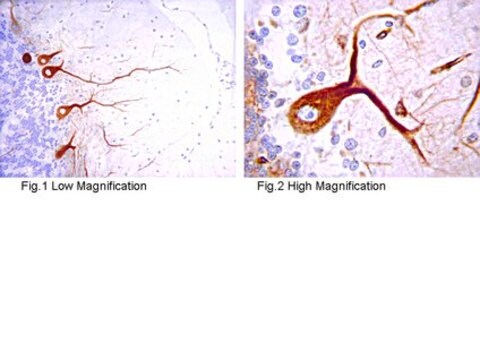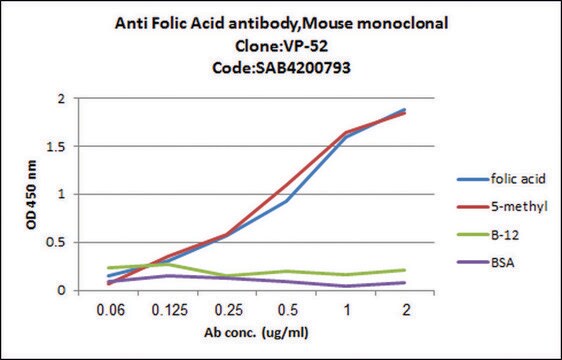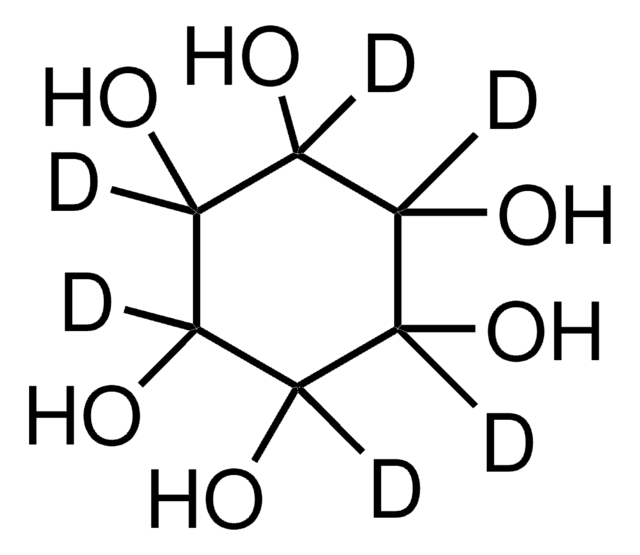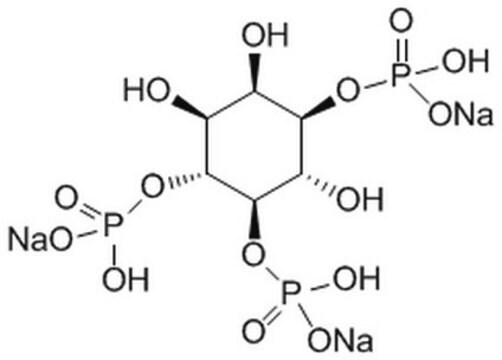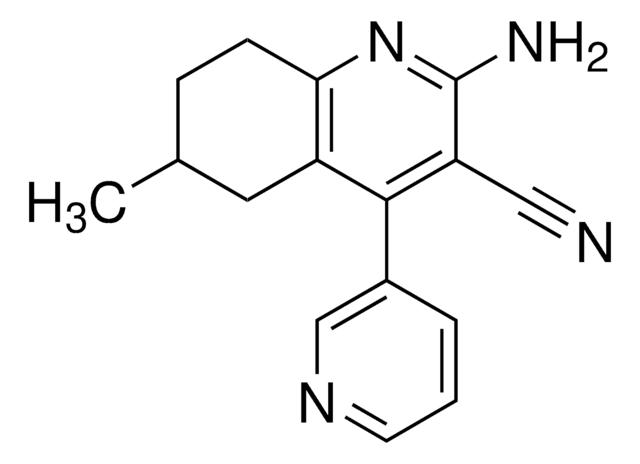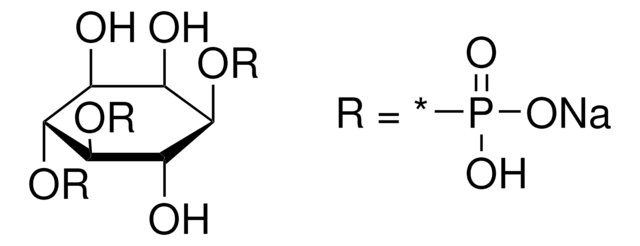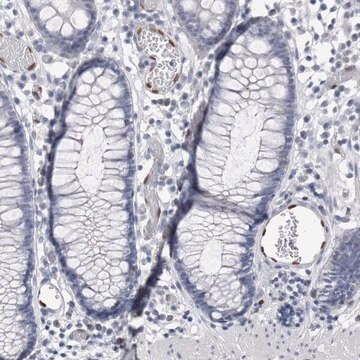07-1210
Anti-IP3 Receptor Antibody
from rabbit
Synonyme(s) :
Inositol 1,4,5-Trisphosphate Receptor
About This Item
Produits recommandés
Source biologique
rabbit
Niveau de qualité
Forme d'anticorps
purified immunoglobulin
Type de produit anticorps
primary antibodies
Clone
polyclonal
Espèces réactives
pig, human, bovine, rabbit, mouse, canine, dog, rat
Technique(s)
ELISA: suitable
immunofluorescence: suitable
immunohistochemistry: suitable (paraffin)
immunoprecipitation (IP): suitable
radioimmunoassay: suitable
western blot: suitable
Isotype
IgG
Numéro d'accès NCBI
Numéro d'accès UniProt
Conditions d'expédition
dry ice
Modification post-traductionnelle de la cible
unmodified
Informations sur le gène
human ... ITPR1(3708)
Description générale
Spécificité
Immunogène
Application
Immunofluorescence: 1:20 - 1:200 dilution from a previous lot. Light fixation, 2% PFA, 90% ethanol fixation; Visualization by confocal microscopy is required, as detection by standard fluorescent microscopy will not be adequate to detect the IP3R. Due to the intensity of confocal lasers, use of an anti-fading agent, such as DABCO, is strongly recommended.
ELISA: 1:2,000 dilution of a previous was used in ELISA.
Immunoprecipitation: 1:200 dilution of a previous lot was used in Immunoprecipitation.
Flow cytometry: 1:1,000 dilution of a previous lot was used in Flow Cytometry.
Radioimmunoassay: 1:10,000 dilution of a previous lot was used in Radioimmunoassay.
Optimal working dilutions must be determined by the end user.
Signaling
GPCR, cAMP/cGMP & Calcium Signaling
Qualité
Western Blot Analysis:
1:500-1,000 dilution of this lot detected IP3 Receptor on 10 μg of RAW 264 lysates.
Description de la cible
Liaison
Forme physique
Stockage et stabilité
Handling Recommendations: Upon first thaw, and prior to removing the cap, centrifuge the vial and gently mix the solution. Aliquot into microcentrifuge tubes and store at -20°C. Avoid repeated freeze/thaw cycles, which may damage IgG and affect product performance.
Remarque sur l'analyse
RAW264 cell lysate
Autres remarques
Clause de non-responsabilité
Not finding the right product?
Try our Outil de sélection de produits.
Code de la classe de stockage
12 - Non Combustible Liquids
Classe de danger pour l'eau (WGK)
WGK 2
Point d'éclair (°F)
Not applicable
Point d'éclair (°C)
Not applicable
Certificats d'analyse (COA)
Recherchez un Certificats d'analyse (COA) en saisissant le numéro de lot du produit. Les numéros de lot figurent sur l'étiquette du produit après les mots "Lot" ou "Batch".
Déjà en possession de ce produit ?
Retrouvez la documentation relative aux produits que vous avez récemment achetés dans la Bibliothèque de documents.
Notre équipe de scientifiques dispose d'une expérience dans tous les secteurs de la recherche, notamment en sciences de la vie, science des matériaux, synthèse chimique, chromatographie, analyse et dans de nombreux autres domaines..
Contacter notre Service technique